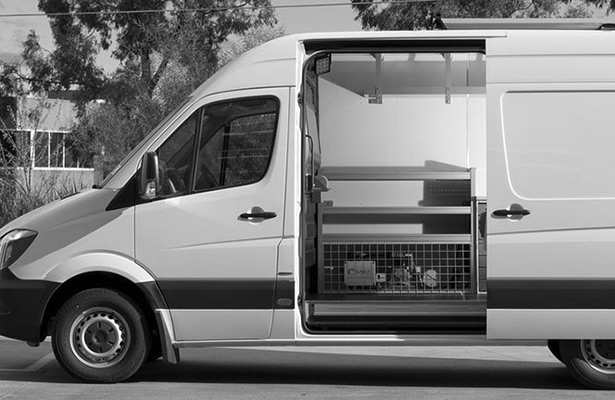
Air compressors are useful pieces of equipment that provide power to pneumatic tools so they can be used in the workplace, on the road, or at home. The process of preparing, using, and powering down an air compressor may seem straight forward at first, but it’s important to take note of every step to ensure the effectiveness of the tools, the state of the air compressor, and your own safety. Thankfully, at Mobile Energy Australia, our years of experience have made us experts on this equipment, so today we’re going to take you through exactly what it takes to use an air compressor.
Preparing an Air Compressor
When setting up your air compressor, you first need to check that the oil levels are satisfactory for the equipment to operate. To achieve this, take out the dipstick which should be located near the bottom of the compressor and look to see that the oil levels are at least two thirds of the way up the stick. If not, more oil will need to be applied.
Afterwards, you will need to open the drainage valve underneath the air compressor to let out any excess pressure that has been stored inside the tank during its last use. There should also be a safety valve located on the compressor. Pull this open briefly to test that it makes a hissing sound – which will indicate that it’s working.
Next, place the air compressor on flat ground, grab your hose, and plug the pointy end into the regulator valve. The regulator valve (or output port) is a round copper hole that will be located near the output pressure gauge. After that, plug the other end of your hose into your tool.
IMPORTANT: always wear the appropriate safety gear when operating power tools from an air compressor. Safety googles, gloves, and steel-capped boots are just some of the recommended equipment, with more specific suggestions being available on each tool’s manuals.
Using a Compressor Safely
So, you’ve prepped your air compressor, plugged in your tool, and put on safety equipment, now it’s time to get to work. Plug the compressor into the nearest power point for electrically charged units, otherwise, make sure the batteries are up to date in battery-powered models.
Turn the air compressor on with the power switch and watch it buzz to life. The tank pressure gauge will start to rise as the tank pressurises. Allow this gauge to reach its maximum, and then use the output pressure adjustment knob to channel the pressure into the output pressure gauge. This will be the pressure that the hose uses, so make sure the gauge reads the same number as recommended on your tool. For example, if your tool says it needs 120psi to operate, make sure the number on the output pressure gauge reads 120psi. This may take a few minutes to adjust accurately.
Once the pressure is where it needs to be, simply begin using your tool and keep an eye on the compressor in case the gauges begin to drop (which may be due to low power in battery-powered units).
Powering Down The Compressor
Leave the hose in the air compressor, turn down the output pressure adjustment knob until the output gauge drops completely, and then turn off the air compressor. Open the pressure valve to release any excess pressure inside the tank. This will stop any condensation forming inside the unit which may result in rust.
Unplug the hose from both the compressor and the tool by pulling down on the plug collar. Store your air compressor in a safe place and be sure to replace the oil at least once a year to maintain the unit’s durability and effectiveness.
Get Premium Portable Air Compressors from Mobile Energy Australia
Mobile Energy Australia are the industry-leading experts and providers of portable, vehicle-mounted air compressors in Australia. Reach out to one of our friendly team members on (07) 3273 6803 to talk about what model is best for you and provide you with more handy tips on how to use an air compressor.
